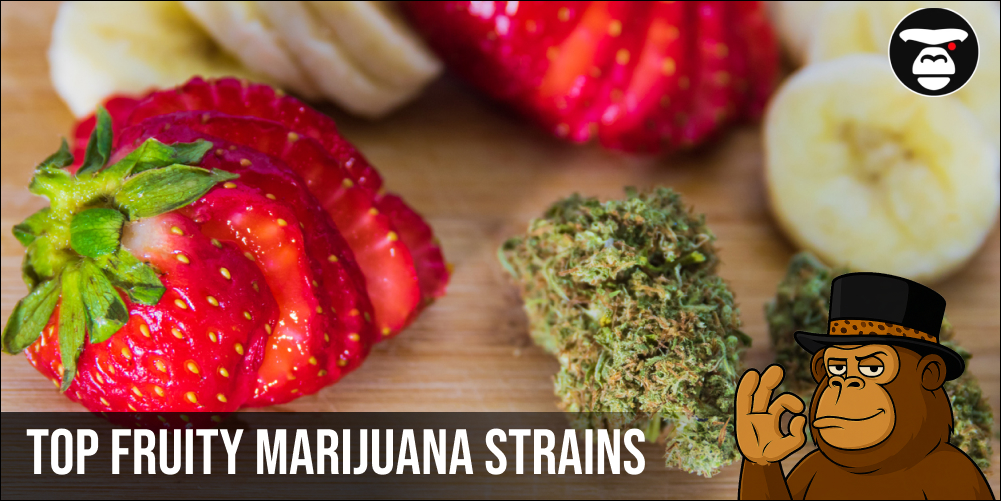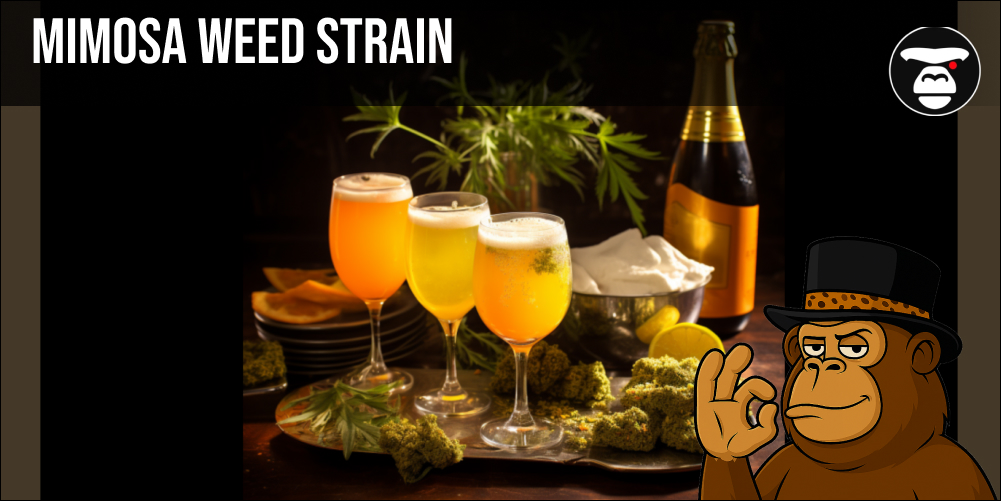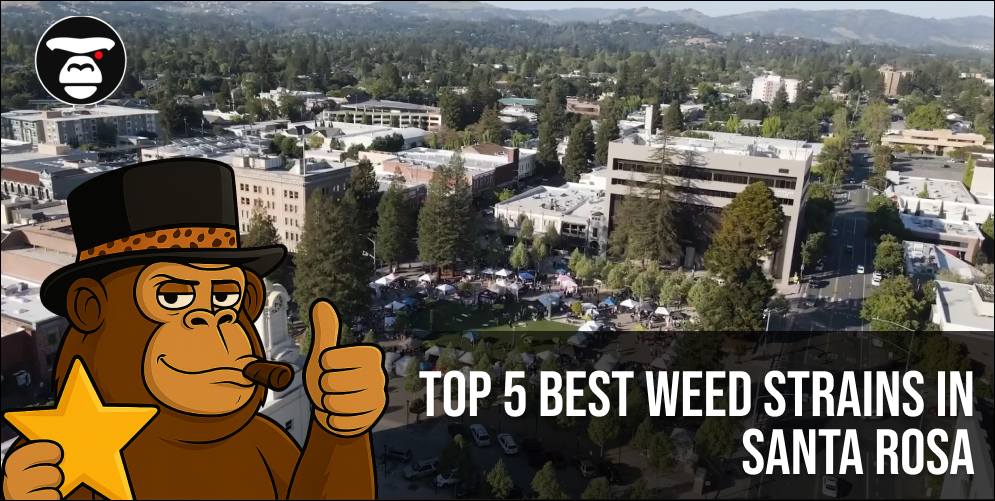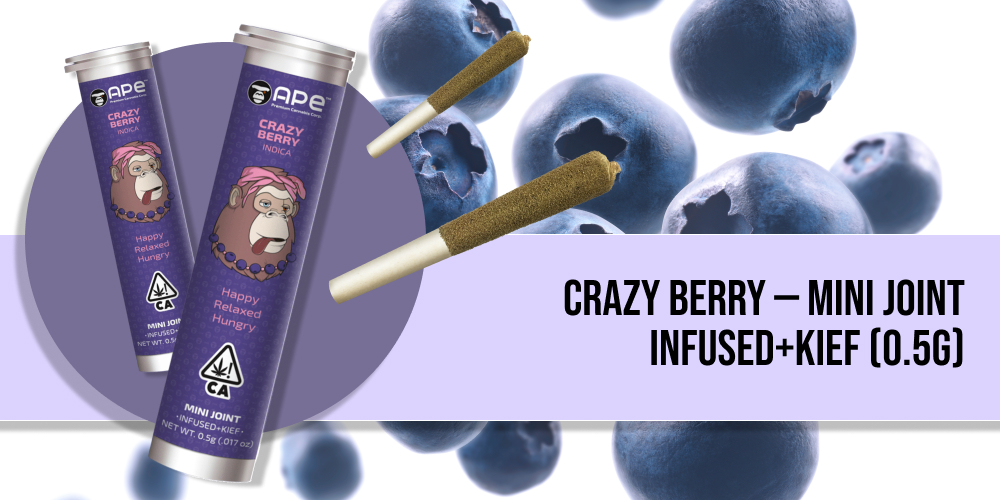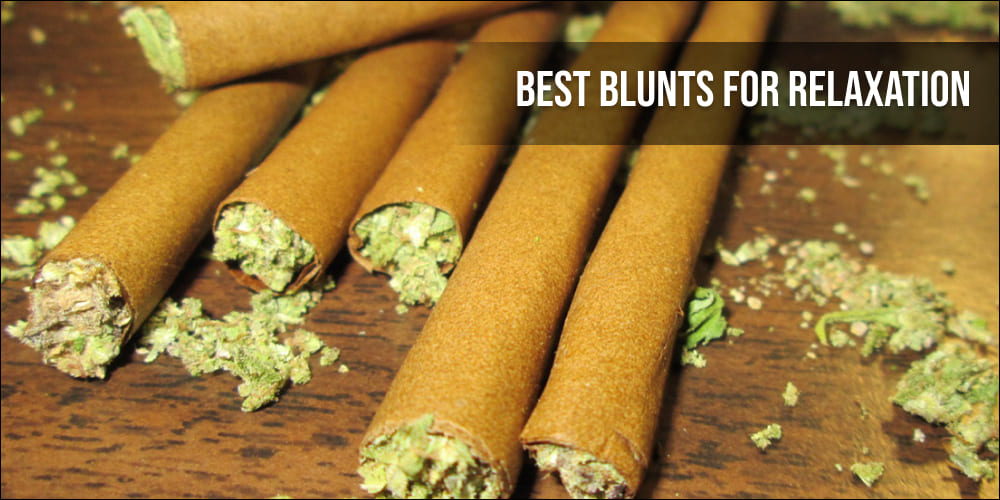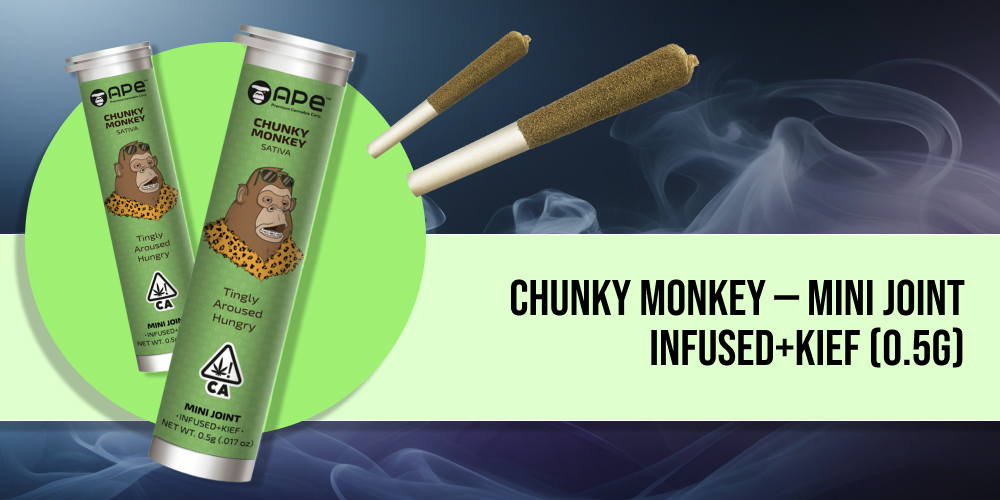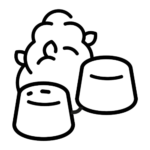Cannabis: smoking vs edibles

When it comes to cannabis consumption, smoking and edibles are two popular options with distinct characteristics and effects. While smoking involves inhaling cannabis smoke, edibles offer a wide range of cannabis-infused food items.
By understanding the key differences, health effects, and enjoyment factors between smoking and edibles, individuals can actively decide which option better suits their preferences and needs.
What are edibles?

Edible marijuana products, commonly known as edibles, are food items that have been infused with cannabinoids like THC or CBD. These cannabinoids, found in marijuana, are chemical compounds that actively contribute to the plant’s various psychological and physiological effects.
THC, specifically, is the most well-known cannabinoid and is associated with the “high” typically associated with marijuana use.
In today’s market, there is a wide range of edible products available. Almost every type of food, beverage, or confectionery has been transformed into a cannabis-infused treat and can be found in medical and recreational dispensaries.
Examples include THC-infused drinks like lemonade or soda, as well as a variety of candies, brownies, gummies, and more.
What are the key differences between smoking vs. edibles?
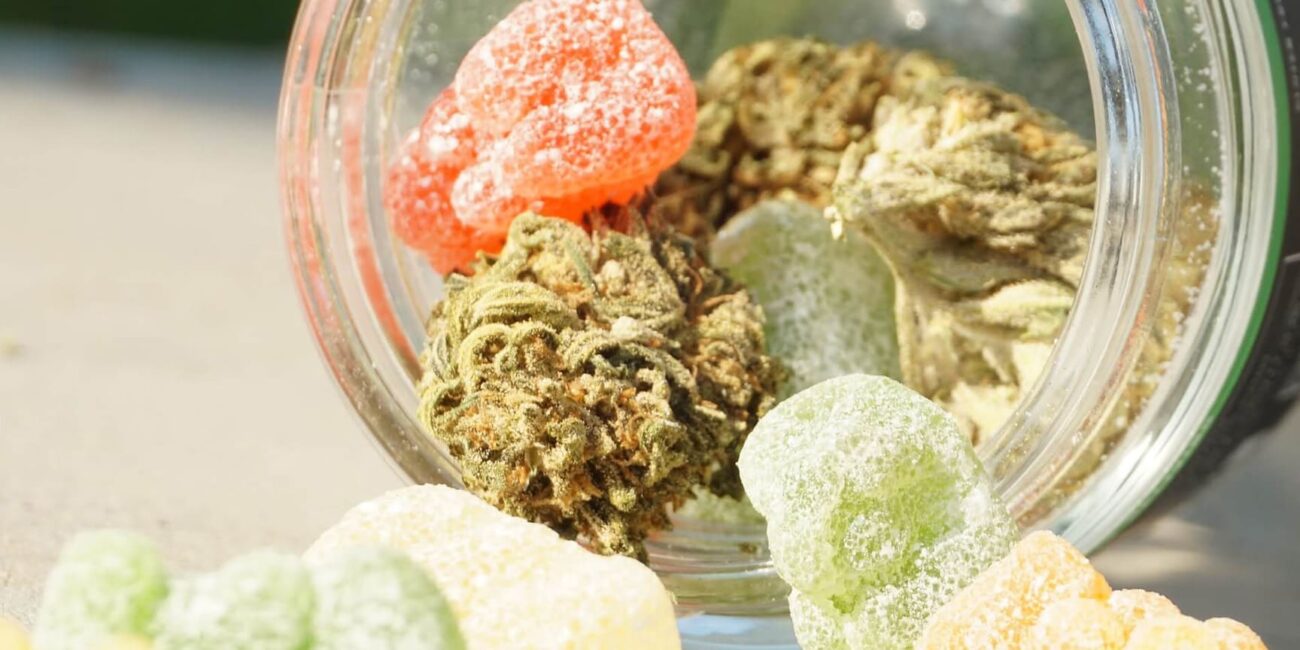
Both of them are distinct methods of consuming marijuana, each with its own characteristics. Smoking entails burning the cannabis plant and inhaling the resulting smoke, while edibles are consumed orally.
Smoking:
When smoking, individuals burn or ignite a substance, resulting in the release of smoke that they subsequently inhale into their lungs. During this process, individuals can inhale various chemical components present in the smoke, including nicotine and other substances that are released when the substance undergoes combustion.
You can try different types of smoking such as
Weed disposables vapes
Sauce Carts
Edibles:
Edibles are food products that people infuse with cannabis, such as brownies, cookies, and gummies. When you consume an edible, your stomach processes the THC present in it, and then it enters the bloodstream before reaching the brain.
Due to this metabolic process, it typically requires a larger quantity of edibles to experience the desired psychoactive effects compared to smoking cannabis.
Pluses and minuses of edibles
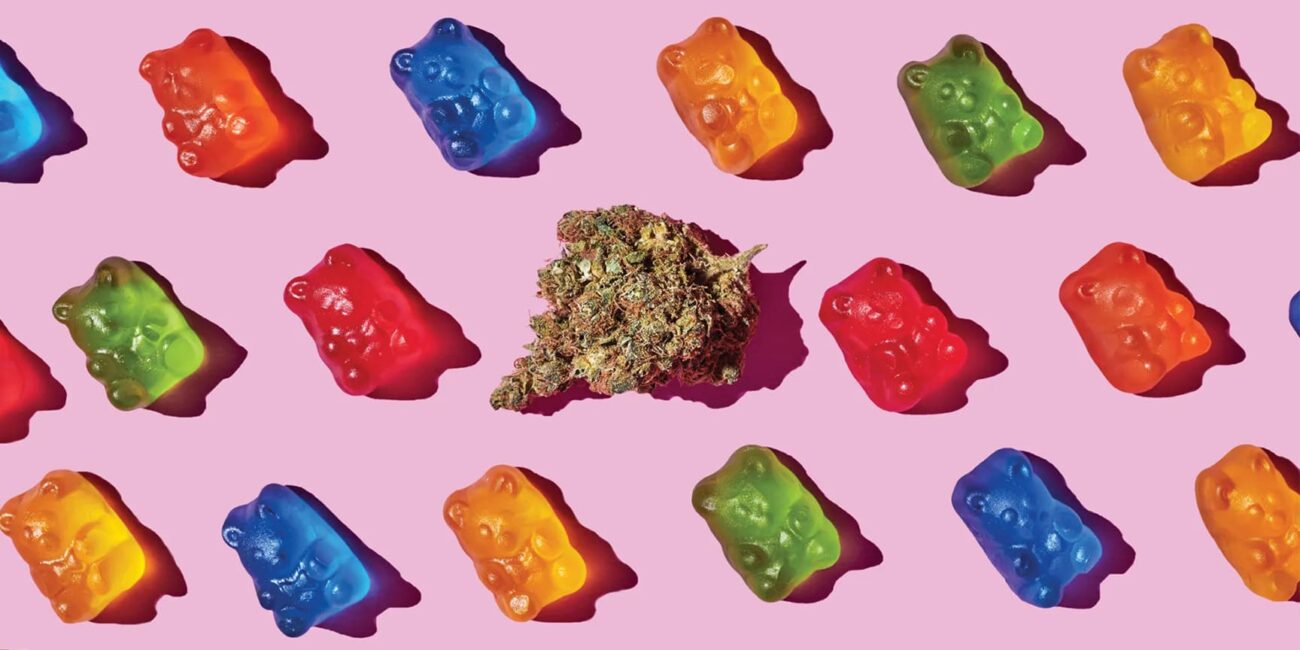
When comparing edibles to smoking cannabis, it’s important to consider the pros and cons of using edibles.
Pluses of Using Edibles:
Healthier Consumption: Edibles are a preferable option for individuals with respiratory issues or specific health conditions, as they eliminate the need for inhaling smoke.
Wide Variety of Options: There is a vast array of edible choices available, catering to different tastes and preferences, ensuring there is something for everyone.
DIY Friendly: Making edibles at home is relatively easy, providing an opportunity for individuals to personalize their cannabis-infused treats according to their preferences.
Extended Effects: The effects of edibles last longer than other consumption methods, offering a prolonged and sustained experience.
Discreet Nature: Edibles are discreet and don’t emit strong odors like smoking cannabis flower or using vaporizers. While some may notice a slight aftertaste, the smell is generally minimal.
Minuses of Using Edibles
Delayed Onset: Edibles take longer to take effect compared to smoking or sublingual tinctures. It can take anywhere from 1 to 3 hours before the effects are felt, which requires patience and planning.
Dosage Challenges: Determining the proper dosage can be more challenging with edibles, increasing the risk of consuming too much accidentally. This can lead to unwanted side effects.
Potential Side Effects: Consuming excessive amounts of edibles can result in adverse effects such as disordered thinking, anxiety, panic, paranoia, increased blood pressure, and nausea.
Health effects of smoking and edibles
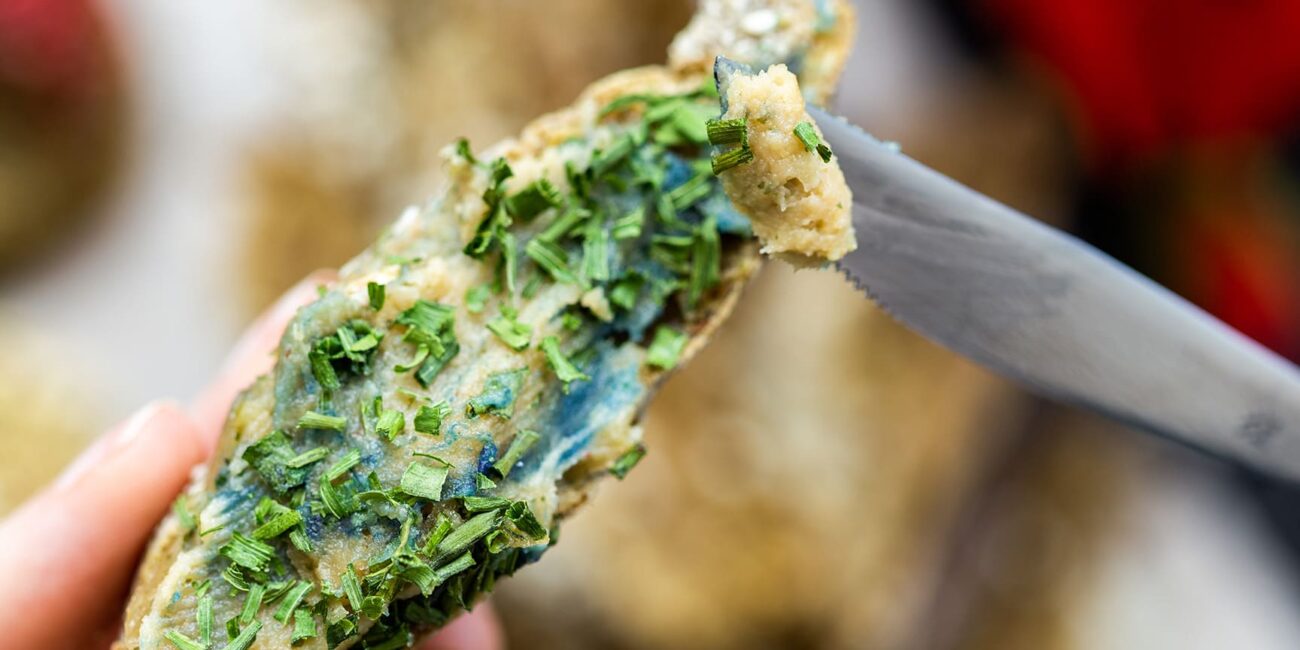
According to the Canadian Centre for Substance Use and Addiction, inhaling cannabis smoke or vapors allows THC to enter the lungs, bloodstream, and then the brain.
However, this method of consumption can lead to daily cough, phlegm, and an increased risk of lung infections.
On the other hand, consuming edibles bypasses the risks associated with smoke. When ingesting edibles, the stomach and liver process THC, allowing it to enter the bloodstream and brain. It provides an alternative way to experience the effects of cannabis without exposing the lungs to potential harm.
One consideration to keep in mind is that edibles may take longer to feel the effects, which can result in unintentional overconsumption. It’s important to be cautious and mindful of the intended dosage to avoid unwanted side effects.
The American Addiction Center highlights the difficulty in measuring the exact amount of THC in edibles, which can often be unknown. This lack of precision increases the risk of marijuana overdose or acute marijuana intoxication.
Overall, it’s essential to be aware of the different consumption methods and their associated risks when using cannabis.
Each method has its own advantages and potential drawbacks, and individuals should make informed choices based on their health and preferences.
Which offers a more enjoyable experience?

While edibles are known for their longer-lasting and potent effects, smoking cannabis can provide an enjoyable experience in itself for many patients.
People often consider smoking to be more “social” than consuming edibles, and the effects of smoking THC can differ from those experienced through oral consumption, potentially influencing a user’s experience.
Personal preferences play a significant role in determining one’s enjoyment of different forms of consumption. Some patients may not appreciate the effects of 11-hydroxy-THC from edibles, while others may prefer it over the effects of THCA found in smoked flower.
When it comes to flavor, both edibles and smoking have their merits. Edibles offer a wide range of food and drink options with unique flavor profiles. However, those who appreciate the taste and aroma of smoked cannabis argue that nothing can replace it, even if the edibles are delicious.
Discretion is another aspect to consider. Cannabis consumers who value privacy can discreetly consume edibles without drawing attention.
Ultimately, the choice between edibles and smoking depends on individual preferences and factors such as desired effects, flavor preferences, and the level of discretion desired. Exploring both methods of consumption can help individuals determine which one is more enjoyable for them.
Which Option is Better for Me?
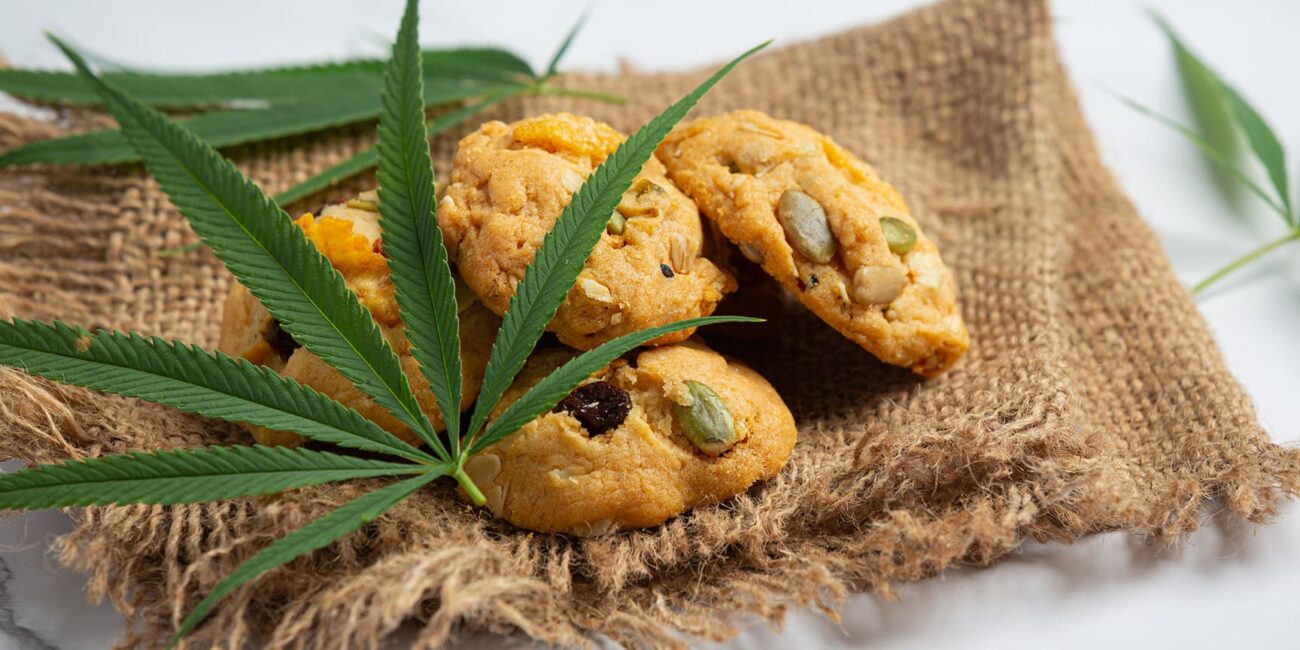
The question of whether to smoke weed or consume edibles is not straightforward, as each method has its own advantages and disadvantages.
Smoking weed provides fast-acting effects as THC quickly reaches the brain, offering instant relief from pain or anxiety.
However, smoking can also lead to side effects such as coughing and increased heart rate, which may deter some individuals from choosing this method.
Ingesting edibles requires the stomach to process THC before it reaches the brain, which can take anywhere from 30 minutes to two hours.
As a result, the effects are slower to manifest compared to smoking. However, edibles generally have fewer side effects associated with them.
Ultimately, the choice between smoking and consuming edibles depends on individual preferences and priorities. Those seeking immediate relief may opt for smoking, despite the potential side effects.
Meanwhile, individuals who prioritize a slower onset and prefer to avoid certain side effects may find edibles to be a more suitable option.
If you still make a choice in favor of smoking, then we advise you to try
LEMON CHERRY GELATO — Sauce Cart
Cereal Milk — Live Resin Bar Disposable
The decision between smoking cannabis and consuming edibles ultimately depends on personal preferences, health considerations, and desired effects. Both methods have their pros and cons, and it’s important to weigh the potential risks and benefits.
Smoking offers fast-acting effects and a social aspect, but it can come with respiratory issues and side effects. Edibles provide a discreet and longer-lasting experience, but the onset can be slower and dosing may be more challenging.
By understanding the differences and considering individual preferences, one can make an informed choice that aligns with their needs and enjoyment. It may be helpful to experiment with both methods to determine which one provides the most enjoyable and beneficial cannabis experience.
You can also read our other materials about edibles “What are the weed crystals?” or “Coconut Cannabis Oil: Healthy and Tasty”




